The Definitive Gateway City
Lawrence, City Of Immigrants, Unlocks Its Potential
Massachusetts’s law defines “gateway municipalities” as cities and towns with populations between 35,000 and 250,000 where median household incomes and rates of residents with bachelor’s degrees are below the state average. The city of Lawrence is the quintessential gateway municipality, with over 75,000 residents, many of whom are recent immigrants in lower-income households.
Textile mill owners established Lawrence in the 1840s from lands that were formerly parts of Andover and Methuen. Powered by immigrant labor and the Merrimack and Spicket rivers, Lawrence’s impressive textile mills prospered for decades, but declined during the 20th century. Today Lawrence contains millions of square feet of under-utilized or abandoned mill buildings awaiting renovation to serve 21st-century needs. Meanwhile, Lawrence’s residents, community organizations and government agencies cultivate vibrant business districts in a city that offers excellent highway access, commuter rail service and river views in an urban setting.
Lawrence’s local government is aware that the city’s old mills, young and diverse population, easy access and waterways are the keys to unlocking its potential. An updated urban renewal plan is under development with input from residents, business owners and other stakeholders. Real estate investors are taking notice that Lawrence’s zoning ordinance facilitates commercial and mixed-use development. Availability of generous federal and state tax credits for certified rehabilitations of historic buildings sweetens the deal for investors.
Large-Scale Developments
Lawrence created the Reviviendo Gate-way Overlay District (RGO) in 2003 near the confluence of the Merrimack and Spicket rivers, hoping to spur sustainable downtown development. (“Reviviendo” means “reliving,” or, more loosely translated, “revitalizing.”) Projects in the RGO are allowed increased density and less stringent parking requirements. In new multifamily housing with more than 20 units, at least 10 percent of the units must be set aside as affordable. Shortly after the RGO was established, a nonprofit historical preservation firm converted the Washington Mills property into 155 residences. More recently, a local non-profit built 60 affordable dwelling units in the Southwick Mill building on the North Canal. The RGO initiative has resulted in the addition of more than 200 dwelling units.
In 2007 the city rezoned 34 acres near the Methuen line as the Arlington Mills Smart Growth Overlay District under Chapter 40R of the Massachusetts General Laws. About 1.8 million square feet of former mill buildings occupy the site. Chapter 40R encourages municipalities to permit higher density residential projects on former industrial sites, near public transit facilities and within town centers. In exchange for increased density, at least 20 percent of the dwellings must be “affordable,” meaning price-controlled housing occupied by families earning less than 80 percent of the area-wide median income. The Arlington Mills Overlay District allows construction of up to 1,031 dwelling units. So far, 75 units have been built and 62 more are permitted. Private developers are looking to add more units.
Large-scale projects in Lawrence are not confined to zoning overlay districts.
Lupoli Cos., founded by restaurateur Salvatore Lupoli, is betting heavily on a renaissance there. Now Lawrence’s biggest real estate taxpayer, Lupoli Cos. controls 46 acres with over 3 million square feet of space in former mill buildings on the Merrimack River’s south bank. Its holdings include the colossal Wood Mill, which, if stood on one end, would be taller than the Empire State Building. The firm has renovated 2.5 million square feet for residential, retail, office, medical, government and educational uses, with minimal need for zoning relief in a city eager to convert blight into productive real estate. Over 200 residential units are built and occupied, with more underway.
Lawrence has been a gateway for immigrants since it’s founding. Today it is also a gateway for intrepid developers rediscovering an overlooked community. One cannot deny that the loss of manufacturing contributed to Lawrence’s difficulties, but where some people see problems, others see challenges – and still others see opportunities. Lawrence teems with opportunities for real estate investors who have vision and commitment.
Christopher R. Vaccaro • March 28, 2016 • Banker & Tradesman • Original Article
